Mordialloc brewery kick off the new year in style with limited hazy IPA release.
The post Wolf of the Willows’ debut 2021 release appeared first on Beer & Brewer.
Mordialloc brewery kick off the new year in style with limited hazy IPA release.
The post Wolf of the Willows’ debut 2021 release appeared first on Beer & Brewer.
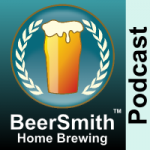 Mathias Siebler, a 10th generation German hop farmer, joins me this week from Bavaria to discuss growing hops. Subscribe on iTunes to Audio version or Video version or Spotify or Google Play Download the MP3 File– Right Click and Save As to download this mp3 file. Your browser does not support the audio element. Topics […]
Mathias Siebler, a 10th generation German hop farmer, joins me this week from Bavaria to discuss growing hops. Subscribe on iTunes to Audio version or Video version or Spotify or Google Play Download the MP3 File– Right Click and Save As to download this mp3 file. Your browser does not support the audio element. Topics […] Go behind the Counter Culture series with their head brewer and innovation manager.
The post Stone & Wood’s 10 week cycle of ‘fresh air’ appeared first on Beer & Brewer.
Feral’s new Shooter’s Juicy IPA is shaping up as their biggest limited release ever.
The post Feral Brewing’s Shooter’s Juicy IPA is here! appeared first on Beer & Brewer.
Brewery release hoppiest canned beer to date in tribute to installing solar panels.
The post Colonial Brewing make beer from sunshine appeared first on Beer & Brewer.
Celebrate Winter Bonfire Bash Series, Lumberjack Competition, Frying Pan Toss, Return of Husky Hamburger, Flapjacks & Flannel and Much More Highlight 2021 Winter Events Central Virginia’s Stable Craft Brewing at Hermitage Hill, an authentic working farm brewery and winery, is pleased to announce its 2021 January through March special event schedule. Saturday’s will come alive […]
The post Stable Craft Brewing At Hermitage Hill Announces 2021 January – March, 2021 Special Events appeared first on CraftBeer.com.
Brewpubs boost flavor on their menus by pouring their beers into the pizza dough and serving up the perfect slice.
The post Beer-infused Pizza Dough is a Perfect Brewpub Pairing appeared first on CraftBeer.com.
“Champion Brewery” has a nice ring to it, and that’s just what Beer52 — a United Kingdom based craft beer cultivation and subscription organization that serves thousands of international brews annually throughout the UK — has named The Virginia Beer Company. There is no secret that Williamsburg’s Virginia Beer Co. loves sharing beers & cheers […]
The post Virginia Beer Co. Receives Top International Recognition appeared first on CraftBeer.com.
These classic Christmas beers from craft breweries pair perfectly whether you’re looking to share a bottle with friends or enjoy as you’re decorating the house for the holidays.
The post 12 Beers of Christmas appeared first on CraftBeer.com.
The #1 winter seasonal beer1 returns with a crisper and brighter recipe and festive inspiration for holidays spent at home BOSTON, MA, Nov. 9, 2020—Samuel Adams brewers recognize the winter season will feel different this year, with many Americans taking “home for the holidays” literally. To spread some holiday cheer when drinkers need it most, […]
The post Samuel Adams’ New Winter Lager Brings A Wintery Remix To Holiday Classics appeared first on CraftBeer.com.
Festive Day Features Special Veterans Day IPA Release with Yakima Chiefs Veterans Blend, Special Commemorative Glass, and Marine’s Cake-cutting Ceremony WAYNESBORO, VA – (November 2, 2020) – Central Virginia’s Stable Craft Brewing at Hermitage Hill, an authentic working farm brewery and winery, will honor the special men and women who serve our country, with a special Veteran’s […]
The post Stable Craft Brewing At Hermitage Hill Salutes Our Veterans With Special Veteran’s Day Celebration On Sunday, November 8 appeared first on CraftBeer.com.
 This week I take a look at methods for doing sensory analysis of hops as well as some of the resources available to understand hop flavor and aroma better. Understanding Hop Flavor and Aroma For a few years now I’ve been doing presentations on beer recipe design where I encourage brewers to get more familiar […]
This week I take a look at methods for doing sensory analysis of hops as well as some of the resources available to understand hop flavor and aroma better. Understanding Hop Flavor and Aroma For a few years now I’ve been doing presentations on beer recipe design where I encourage brewers to get more familiar […] 272 medals awarded to 240 breweries in world’s most prestigious professional beer competition Boulder, Colo. • October 16, 2020 — The Brewers Association (BA) awarded 272 medals* to 240 breweries across the country during the 2020 Great American Beer Festival (GABF) competition awards ceremony. The best beers in 91 beer categories covering 170 different beer styles (including all subcategories) were awarded gold, silver, and bronze medals during a virtual ceremony hosted on The Brewing Network. Judges for the 34th edition of […]
The post Winners of 2020 Great American Beer Festival Competition Revealed During First-Ever Virtual Ceremony appeared first on CraftBeer.com.
Fall is in the air and that means one thing: harvest season! Brewing with fresh hops is a meticulous process, having to rely on bountiful bines and timing of wet hops plucked, packaged, and shipped overnight via air freight to align with a brew day built around the arrival of those hops and those hops alone…and this […]
The post Virginia Beer Co. Celebrates Harvest Season With Two Wet-Hopped Recipes appeared first on CraftBeer.com.
For us homebrewers that enter a competition sanctioned by the Beer Judge Certification Program (BJCP), the goal is clear – we want feedback on our brews from trained tasters. And, if we win an award, we want to strut. As homebrewers progress to professional brewing, little changes in regard to competition goals. Professional brewers still […]
The post The Untold Benefits of Award-Winning Beer appeared first on CraftBeer.com.
 Jamil Zainasheff from Heretic Brewing joins me this week for a beer brewing question and answer session. Subscribe on iTunes to Audio version or Video version or Spotify or Google Play Download the MP3 File– Right Click and Save As to download this mp3 file. Your browser does not support the audio element. Topics in […]
Jamil Zainasheff from Heretic Brewing joins me this week for a beer brewing question and answer session. Subscribe on iTunes to Audio version or Video version or Spotify or Google Play Download the MP3 File– Right Click and Save As to download this mp3 file. Your browser does not support the audio element. Topics in […]  Randy Mosher joins me this week to discuss brewing fruity IPAs and using fruit in your IPAs. Subscribe on iTunes to Audio version or Video version or Spotify or Google Play Download the MP3 File– Right Click and Save As to download this mp3 file. Your browser does not support the audio element. Topics in […]
Randy Mosher joins me this week to discuss brewing fruity IPAs and using fruit in your IPAs. Subscribe on iTunes to Audio version or Video version or Spotify or Google Play Download the MP3 File– Right Click and Save As to download this mp3 file. Your browser does not support the audio element. Topics in […] 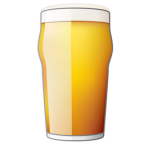 Today I’m going to highlight some of the new dry hop features in BeerSmith 3.1. BeerSmith 3.1 was released in mid-2020. Dry hopping is one of the best ways to preserve aroma oils in your hops. Because it is done at low temperature, you don’t risk boiling off volatile aroma oils. Also the long contact […]
Today I’m going to highlight some of the new dry hop features in BeerSmith 3.1. BeerSmith 3.1 was released in mid-2020. Dry hopping is one of the best ways to preserve aroma oils in your hops. Because it is done at low temperature, you don’t risk boiling off volatile aroma oils. Also the long contact […] 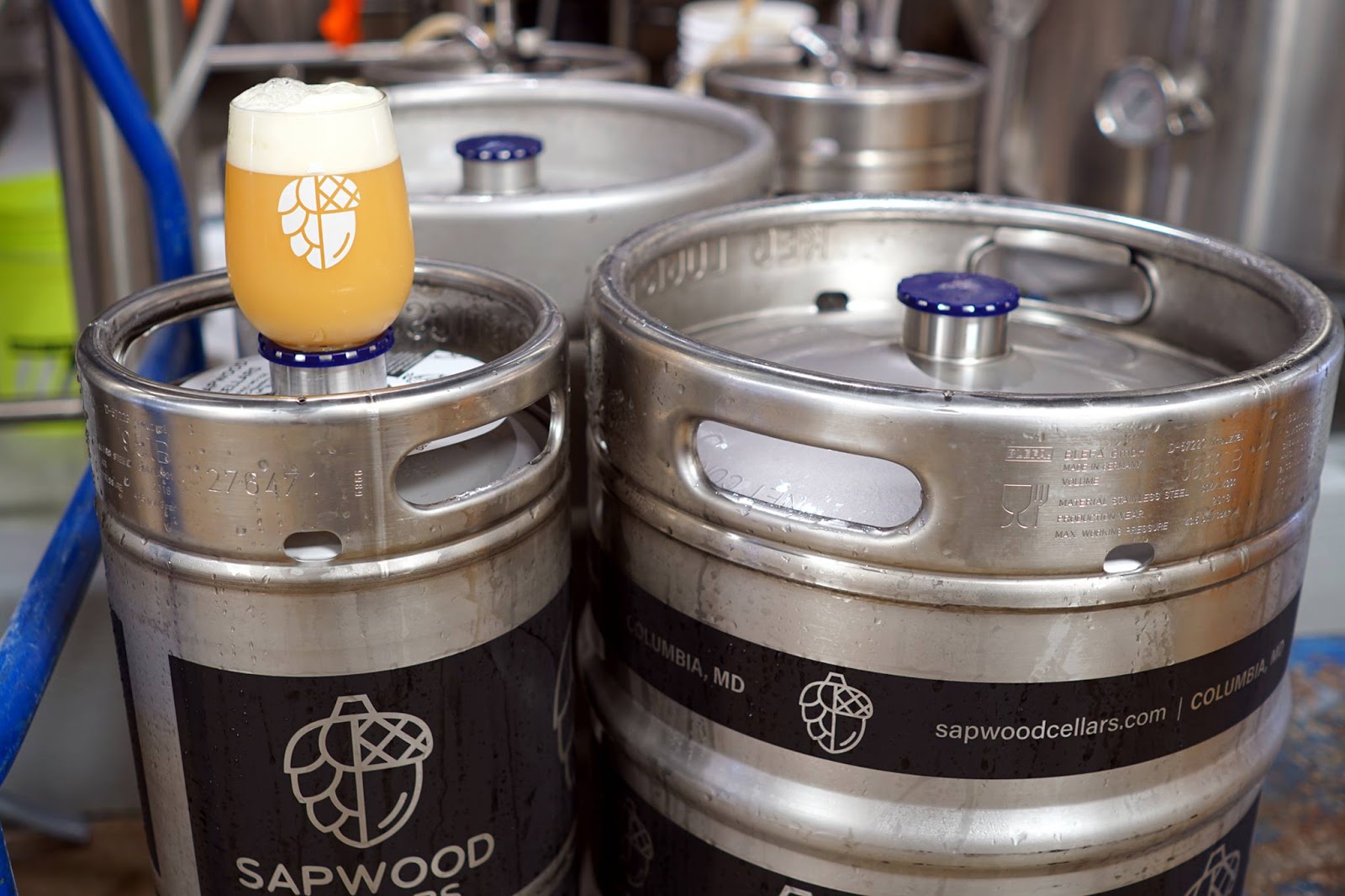
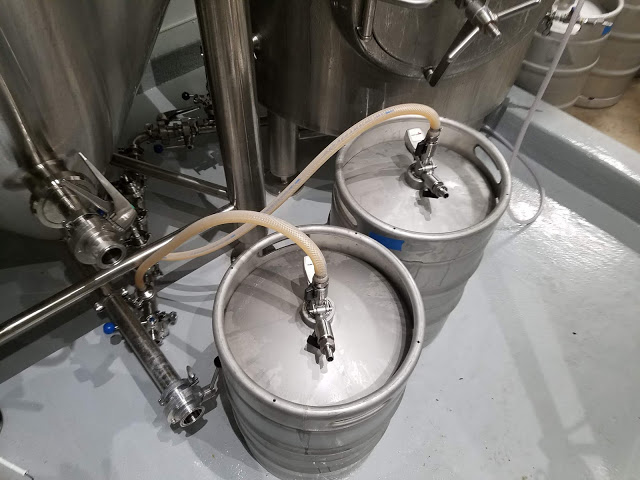
Calcium | Chloride | Sulfate | Sodium | Magnesium | Carbonate |
120 | 150 | 100 | 20 | 5 | 100 |
Calcium | Chloride | Sulfate | Sodium | Magnesium | Carbonate |
150 | 150 | 150 | 15 | 10 | 90 |
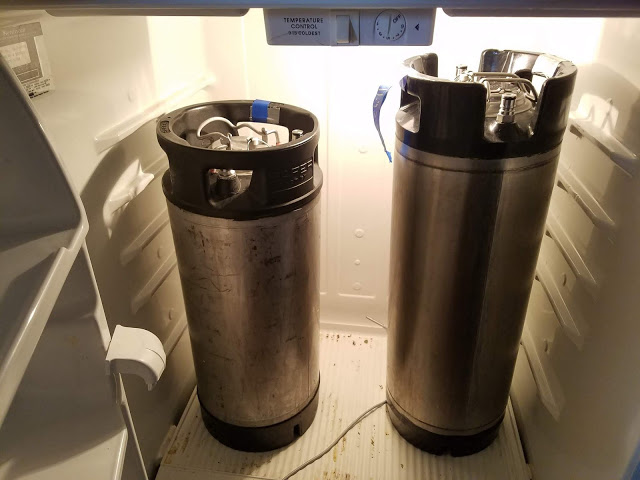
Calcium | Chloride | Sulfate | Sodium | Magnesium | Carbonate |
140 | 170 | 100 | 15 | 10 | 90 |